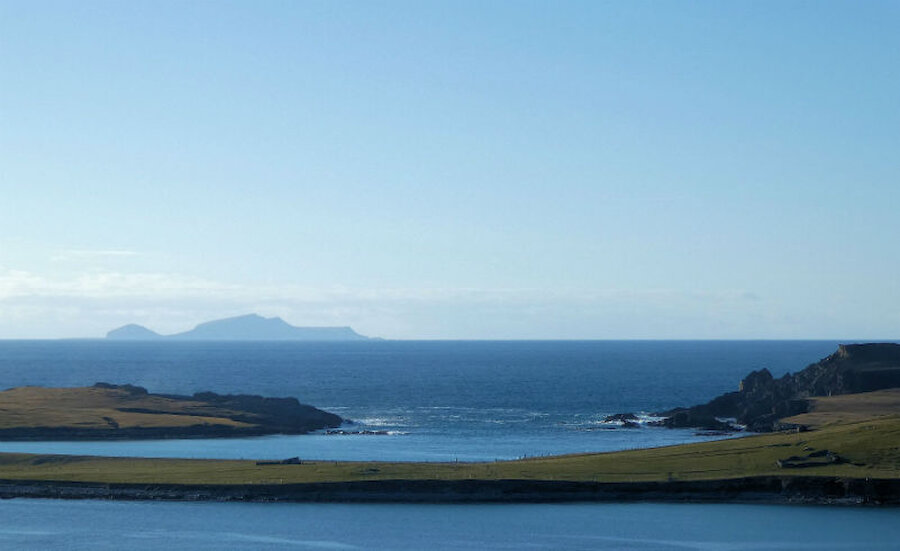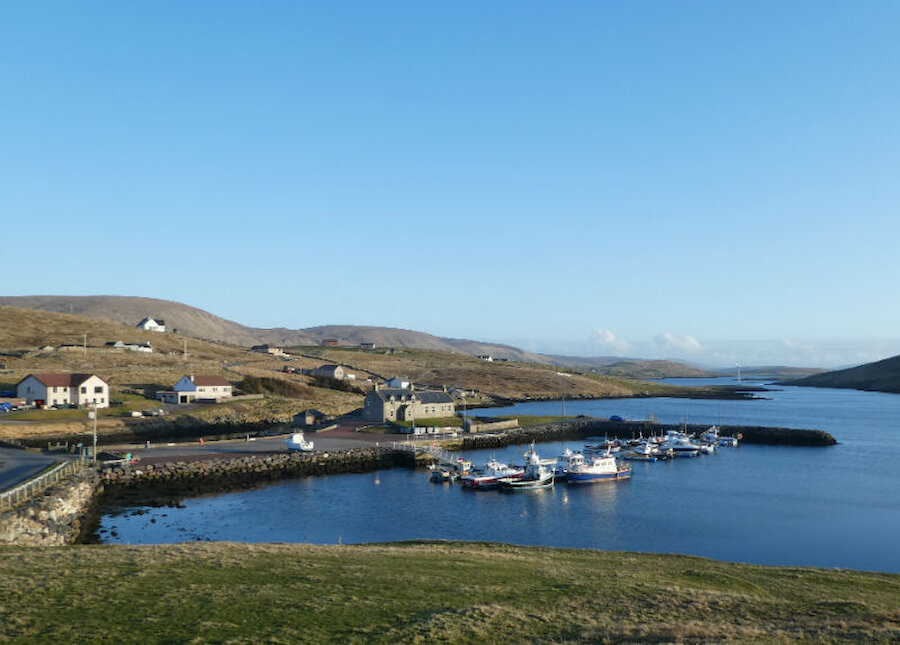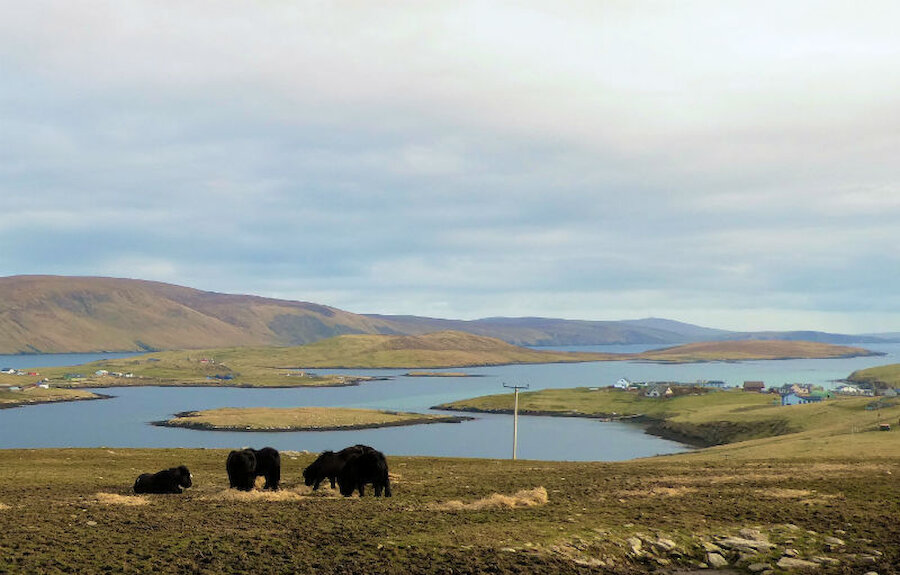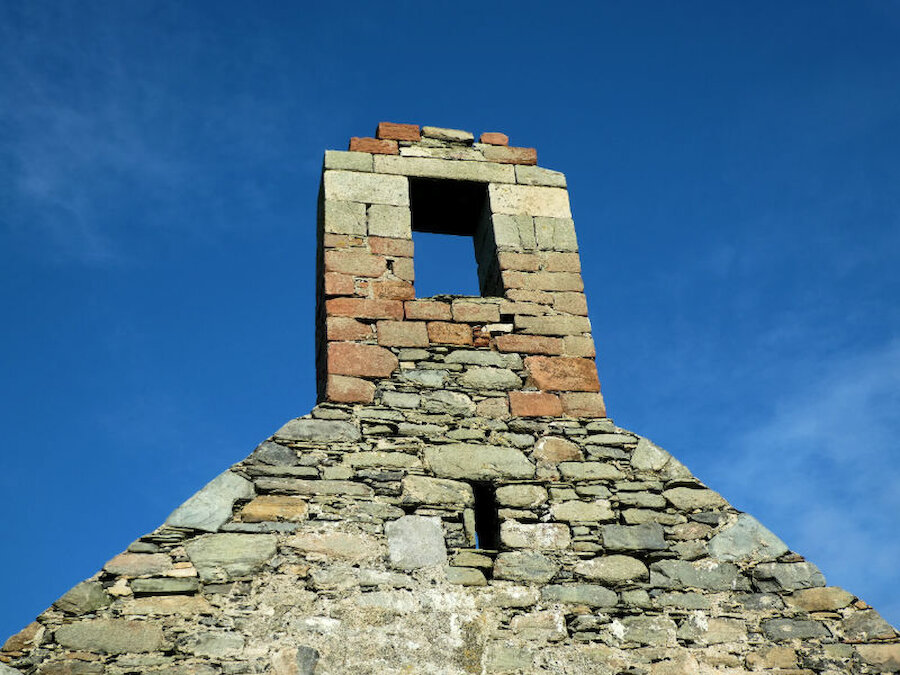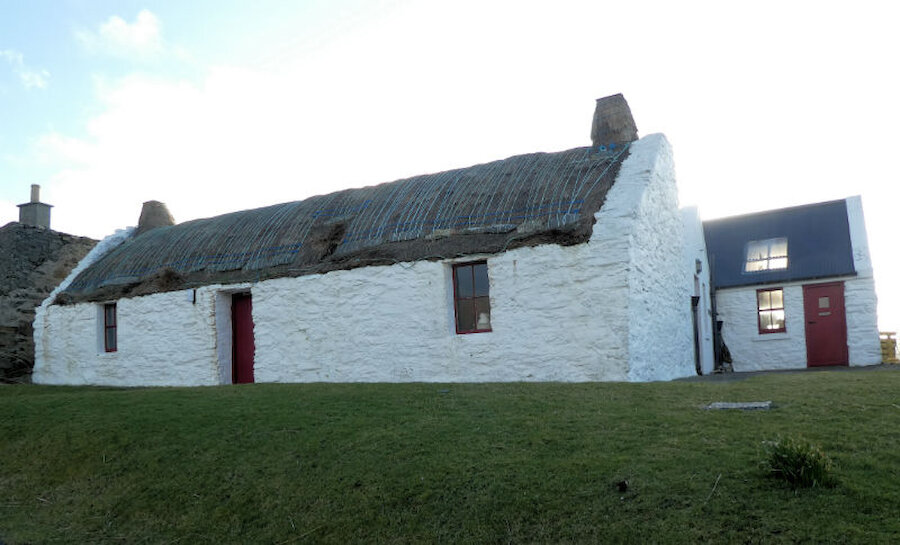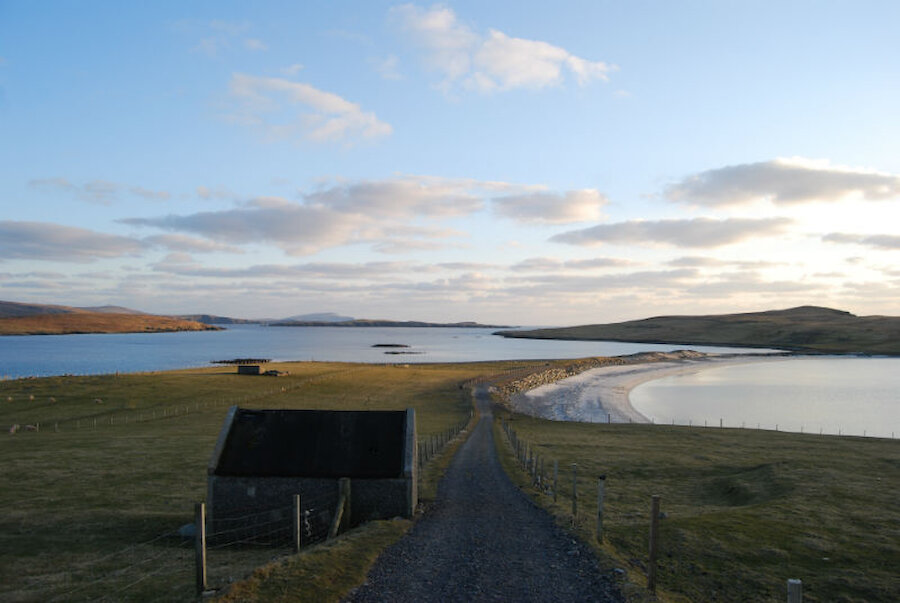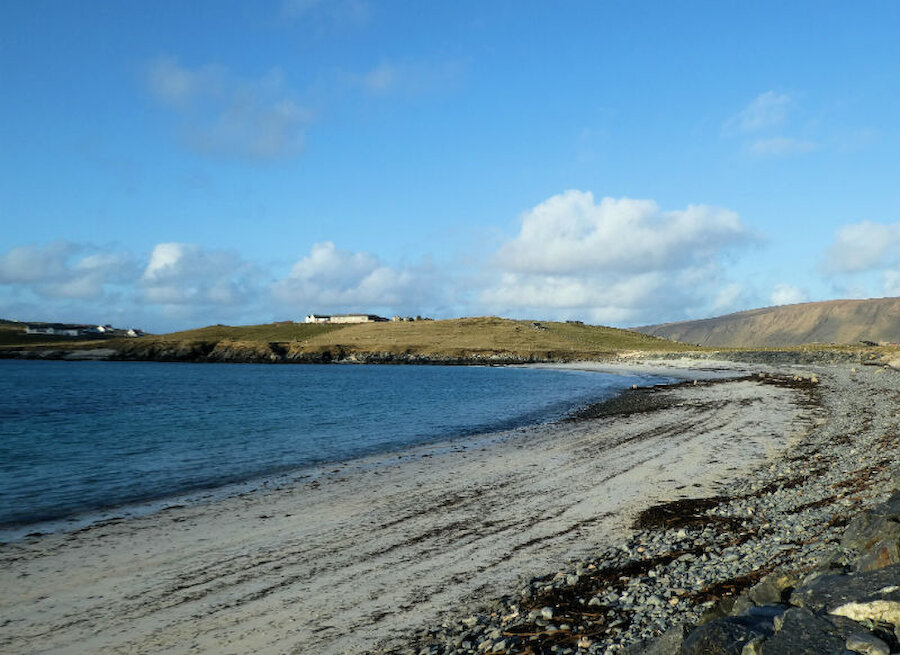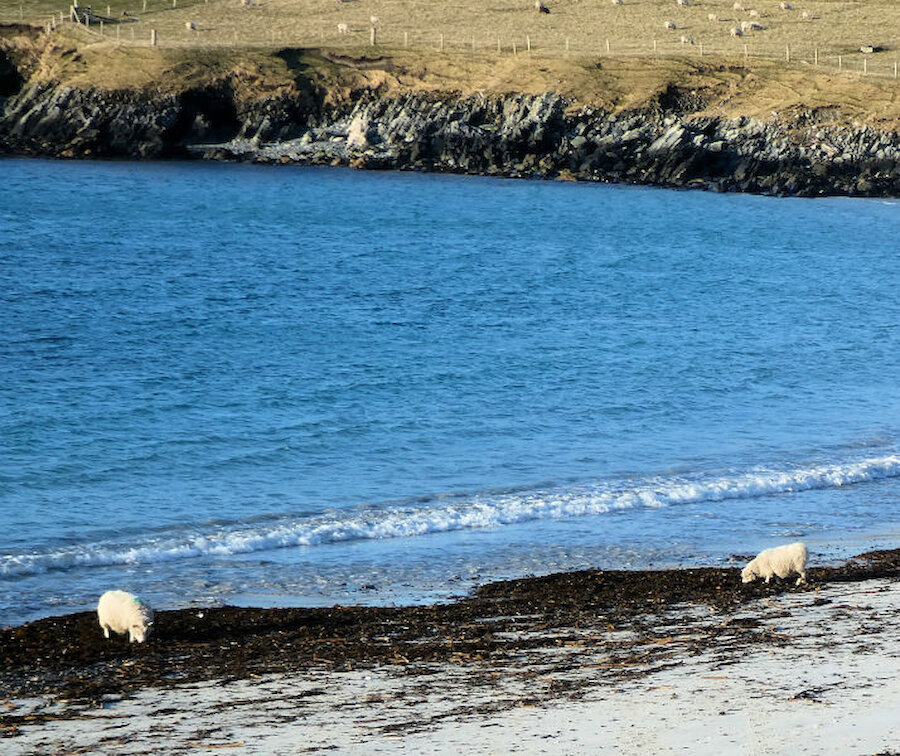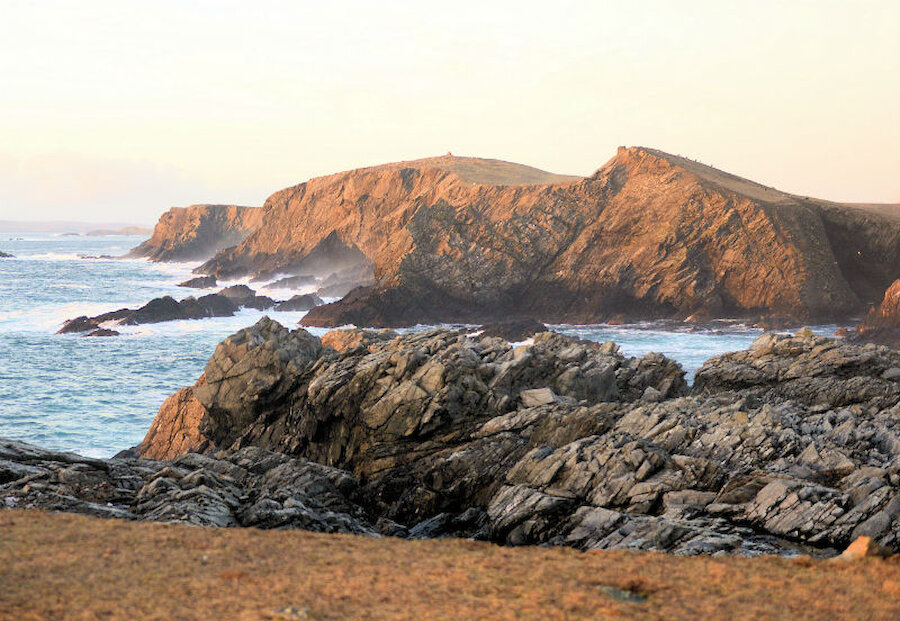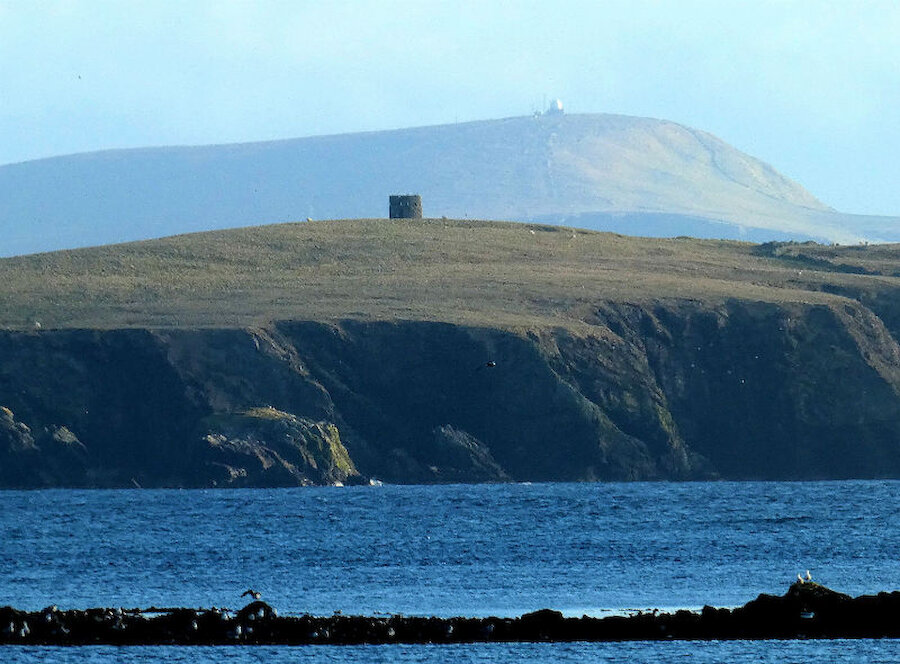In Shetland, as elsewhere, the reality of living with the presence of the coronavirus has become all too clear. Only a month ago, many of us would have thought nothing of jumping in the car and heading off to visit friends or, on beautiful Spring days, explore more distant corners of the islands.
Things are very different now, so my own wanderings have been much closer to home, undertaken either on foot or cycling; and of course, it’s all too easy to take for granted all that can be seen and enjoyed nearby. In Shetland, most of us live in rural areas or villages, but even from Lerwick, it’s possible to walk to open countryside or a quiet part of the coast in ten or twenty minutes. In that respect, we’re very fortunate.
East Burra (where I live) and West Burra, together with their northern neighbour, Trondra, lie just off the west coast of the south mainland, separated from it by Clift Sound, which is only about half a mile wide, and much less at its northern end.
East and West Burra have long been linked by a bridge over a narrow channel, but all three islands were connected to the mainland by two more bridges that opened in 1971. Since then, they’ve become popular places to live, partly because they’re inherently attractive – this is part of the Shetland National Scenic Area – but also because it takes little more than 15 minutes to reach Scalloway or Lerwick.

